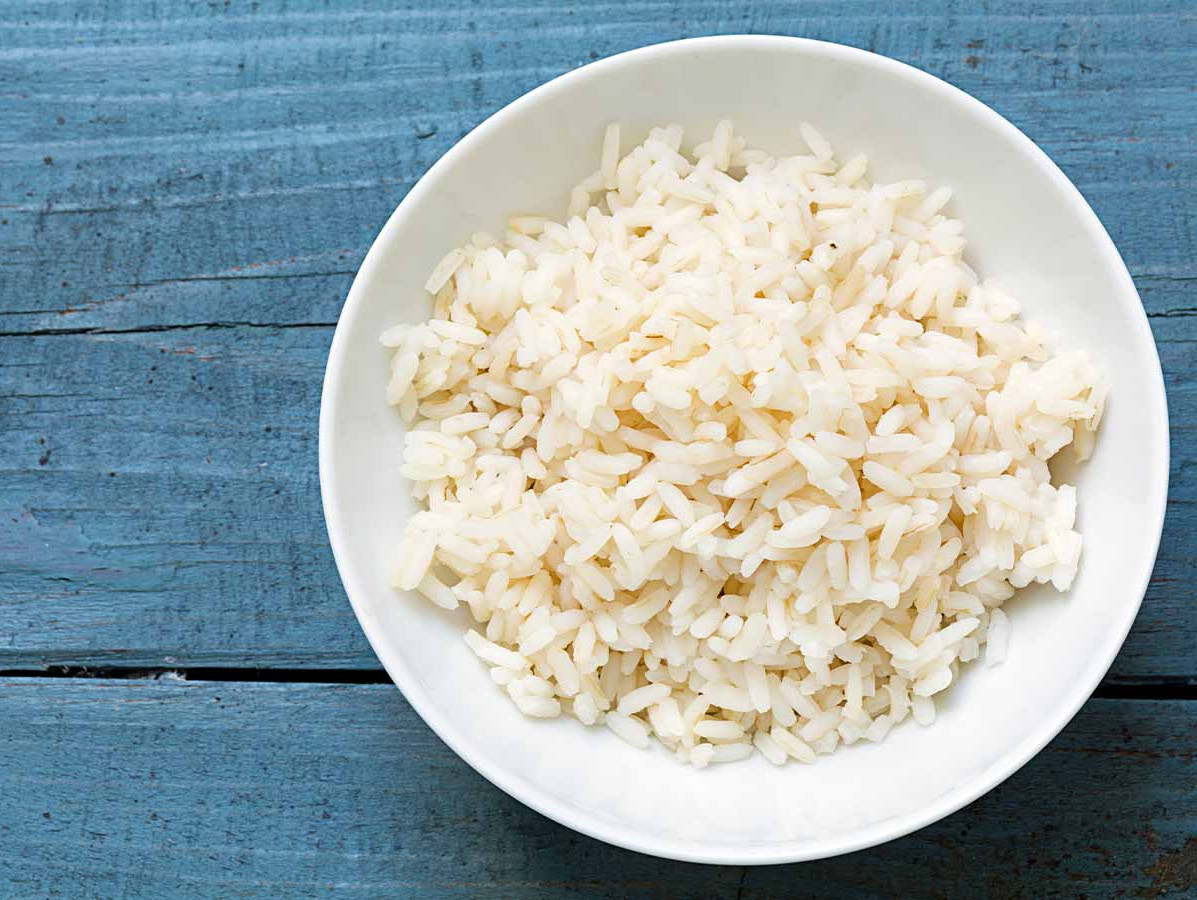
Consumer exposure to inorganic arsenic in food has sparked significant health concerns, as emphasized by the latest risk assessment from the European Food Safety Authority (EFSA). This reaffirms EFSA's 2009 findings, underscoring the persistent severity of the issue.
The European Commission tasked EFSA with updating its assessment of inorganic arsenic, considering new studies on its toxic effects. EFSA consulted external stakeholders and carefully considered received comments in formulating its final opinion, highlighting a thorough and collaborative approach.
Inorganic arsenic, a common contaminant, appears in various forms due to natural events and human activities. EFSA currently focuses on inorganic arsenic, with food being the primary exposure source in Europe. Particularly, rice, rice-based products, grains, and grain-based products emerge as significant contributors to dietary exposure. Additionally, the potential impact of drinking water, which generally maintains low arsenic levels in Europe, is considered.
Long-term intake of inorganic arsenic is associated with various adverse health effects, including specific cancer forms. EFSA prioritizes preventing skin cancer as the most relevant harmful effect. When assessing unintentional presence in the food chain, EFSA employs a Margin of Exposure (MOE) calculation. For inorganic arsenic, an MOE of 1 or less, based on available human study data, indicates an increased risk of skin cancer.
In adults, the calculated MOEs are notably low, ranging from 2 to 0.4 for average consumers and 0.9 to 0.2 for frequent consumers. This raises significant health concerns, advocating for a closer inspection of potential risks associated with exposure to inorganic arsenic in the general population.
Source: EFSA